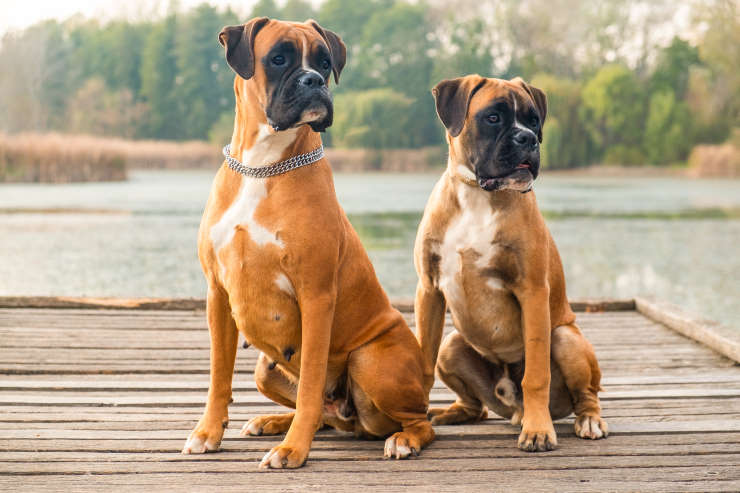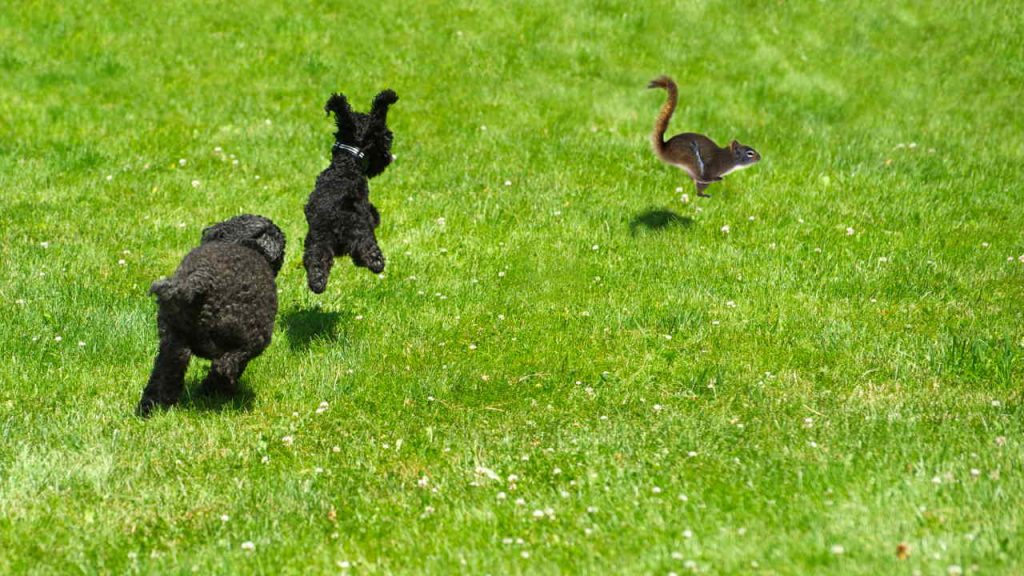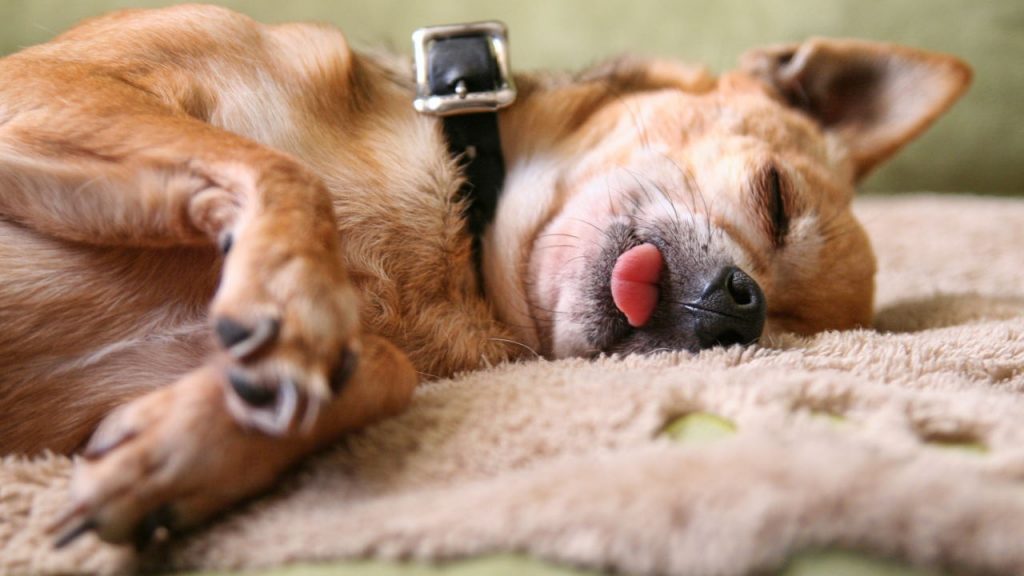Have you ever wondered what breed of dog Scooby-Doo from the popular animated television series belongs to? In this blog post, we will delve into the mystery behind Scooby-Doo’s breed and explore the characteristics and physical traits that make up his unique appearance. By comparing Scooby-Doo to existing dog breeds and conducting some in-depth research, we hope to uncover the truth behind this beloved cartoon character’s lineage. Join us on this canine caper as we unravel the mystery of Scooby-Doo’s breed once and for all.Uncover the truth about Scooby-Doo’s breed and physical traits by comparing them to existing dog breeds in this in-depth research. Are you ready to solve the mystery?
Identifying Scooby-Doo’s breed
Scooby-Doo is a beloved cartoon character known for his role as a fearless and loyal companion to the Mystery Inc. gang. However, one of the biggest mysteries surrounding Scooby-Doo is his actual breed. Despite his distinctive appearance and quirky personality, his breed has never been explicitly revealed in the show.
Many fans have speculated that Scooby-Doo could be a mix of various dog breeds, given his unique characteristics and traits. Some believe he may have Great Dane in him due to his large size and floppy ears, while others think he could have Irish Wolfhound in his lineage because of his shaggy coat and gentle nature.
Although his breed remains a mystery, one thing is for certain – Scooby-Doo’s charm and humor have captured the hearts of generations of viewers. His lovable and goofy personality transcends any specific breed, making him a timeless and iconic character in the world of cartoons.
While we may never know the exact breed of Scooby-Doo, one thing is clear – he will always be remembered as a courageous and fun-loving dog who is willing to solve mysteries and fight monsters alongside his human friends.
Researching Scooby-Doo’s characteristics
One of the most iconic cartoon characters of all time, Scooby-Doo is beloved by fans of all ages. While his breed has been a topic of debate among viewers, there are certain characteristics that are unique to the lovable Great Dane.
Scooby-Doo’s most distinguishable feature is his comically large size, which is typical of the Great Dane breed. Standing at over 6 feet tall on his hind legs, Scooby towers over his human companions, adding to his comedic presence on screen.
Additionally, Scooby’s floppy ears and droopy jowls are classic traits of the Great Dane breed. These physical characteristics not only add to his charm but also serve as comedic elements in the show.
Another defining feature of Scooby-Doo is his signature Scooby Snacks, which he uses as motivation to solve mysteries. While this may not be a physical trait, it is a key characteristic that sets Scooby apart from other cartoon dogs.
Exploring Scooby-Doo’s physical traits
Scooby-Doo, the iconic cartoon character, is known for his unique physical traits that set him apart from other dogs. One of the most recognizable features of Scooby-Doo is his great size, towering over his human companions. Despite his large size, Scooby-Doo is depicted as a lovable and friendly dog, with a playful personality that endears him to fans of all ages.
In addition to his size, Scooby-Doo’s physical appearance is characterized by his distinctive coloration. His fur is a light brown color with black spots, giving him a recognizable appearance that is easily identifiable. This unique color pattern is one of the many traits that make Scooby-Doo stand out in the world of cartoon dogs.
Another key physical trait of Scooby-Doo is his expressive face. His large oval eyes and floppy ears convey a wide range of emotions, from fear to excitement to hunger. This expressive face is a crucial part of Scooby-Doo’s characterization, helping to bring his animated adventures to life.
Overall, Scooby-Doo’s physical traits combine to create a memorable and lovable character that has captured the hearts of fans around the world. His distinctive appearance, playful personality, and expressive face all contribute to his enduring popularity as one of the most beloved cartoon dogs of all time.
Comparing Scooby-Doo to existing dog breeds
When trying to pinpoint the breed of the beloved cartoon character, Scooby-Doo, it can be both challenging and fun to compare him to existing dog breeds. One of the main characteristics of Scooby-Doo is his size – he is a large, lovable Great Dane. Known for their gentle nature and affectionate demeanor, Great Danes are often called the gentle giants of the dog world.
Another similarity between Scooby-Doo and Great Danes is their fur color – Scooby-Doo is a sandy brown color, which is a common coat color for Great Danes. In addition, both Scooby-Doo and Great Danes have floppy ears that hang down to the sides of their faces.
However, one key difference between Scooby-Doo and Great Danes is Scooby’s ability to speak in English and solve mysteries with his friends. While Great Danes are known for their intelligence and loyalty, they unfortunately do not possess the ability to talk or solve crimes. Despite this discrepancy, the resemblance between Scooby-Doo and Great Danes is uncanny when considering their physical traits and friendly personalities.
In conclusion, by comparing Scooby-Doo to existing dog breeds such as the Great Dane, it becomes clear that Scooby-Doo’s breed is most likely based on the characteristics of this specific breed. From his size and coat color to his floppy ears and gentle nature, Scooby-Doo embodies many of the traits that make Great Danes so beloved by dog lovers around the world.
Revealing the mystery behind Scooby-Doo’s breed
As fans of the beloved cartoon series, many of us have often wondered about the true breed of Scooby-Doo. Despite his unique appearance and characteristics, there has been much debate and speculation surrounding his lineage.
One theory suggests that Scooby-Doo may be a Great Dane, due to his large size and floppy ears. Great Danes are known for their gentle and friendly nature, which aligns with Scooby-Doo’s personality.
However, others argue that Scooby-Doo’s behavior and physical traits are more in line with that of a mixed breed or mutt. His goofy antics and love of snacks certainly add to the mystery surrounding his true breed.
Ultimately, the true breed of Scooby-Doo may never be definitively revealed. Perhaps that is part of his charm and allure, keeping fans guessing and sparking endless discussions about the iconic cartoon character.









